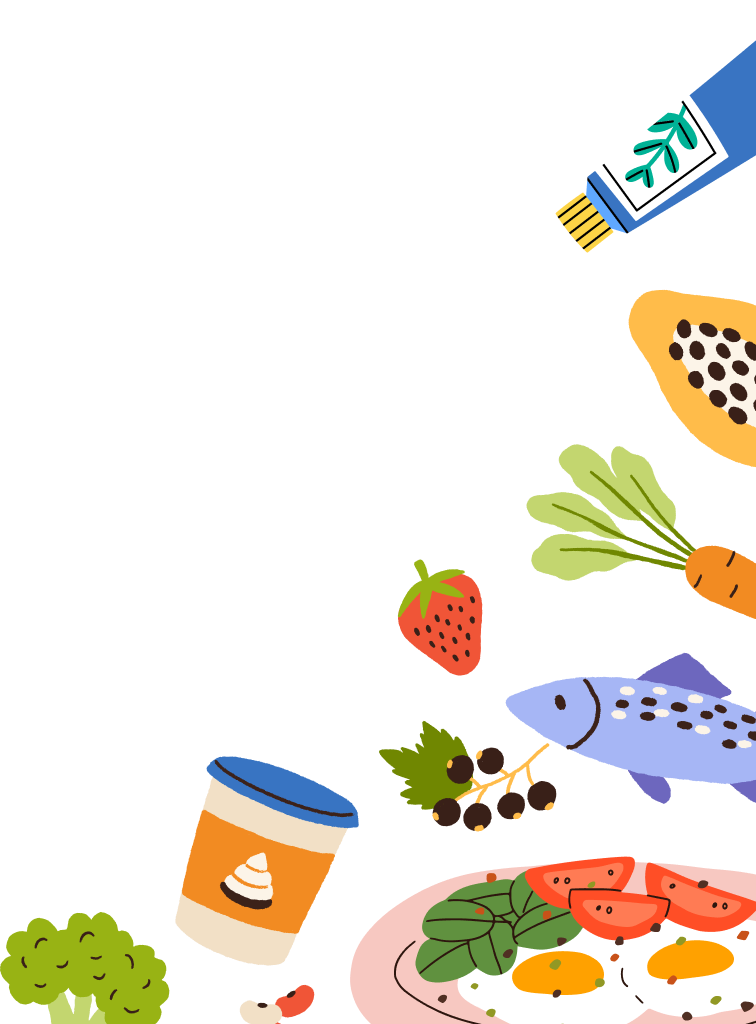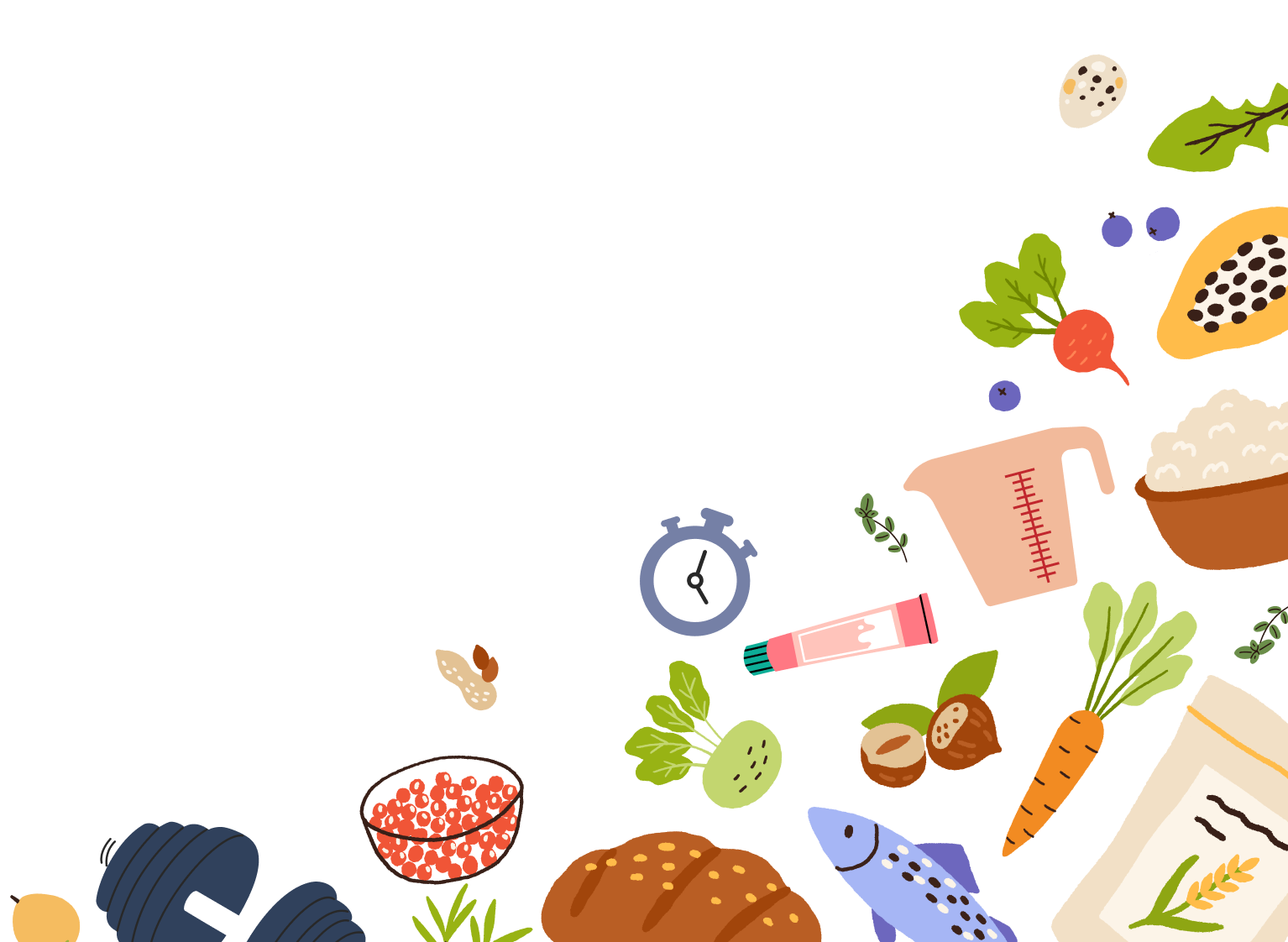Freezing Food Like a Pro: Save Time, Cut Waste, Eat Better
Why Freeze Food? Benefits Beyond Convenience
If you are using your freezer just to make ice, you’re missing out! Learning to freeze food is a helpful skill to develop. There are two main reasons why freezing is a great option: time and money.
Preparing food in advance and storing it in the freezer can make for quick meals for busy days, including weeknight dinners and heat-and-go breakfasts. It's also a smart strategy for times when your ability to food prep is minimal, such as recovering from surgery or in the weeks postpartum.
When you have meals ready to heat on busy days, it is easier to say no to ordering takeout instead. Despite rising food costs, eating home-prepared meals is still more cost-effective once you factor in upcharges, tips, or delivery fees. Freezing can also help you save money on food waste. Whether you are repurposing scraps into homemade veggie broths, storing fruits you don’t have time to eat for future smoothies, or saving leftovers before heading out of town for a few days, the freezer is your friend!
As a bonus, freezing food that you cooked yourself can be more nutritious than prepared frozen meals or takeout, which are often packed with excess sodium or saturated fats. In fact, the freezer locks in nutrients; you’re not losing any vitamins or minerals by freezing foods. Pro tip: Buy produce like berries or mangoes when in season, and freeze them to keep on hand when they are out of season. Seasonal produce is typically more nutrient-dense than those grown in out-of-season climates or that has to be transported a long way to get to the grocery store.
Freezing Basics: Tips for Success:
Let’s talk about how to freeze food effectively.
Cool food properly: Allow foods to cool almost to room temperature before putting them in the freezer. This can prevent hot foods from raising the temperature of other items in the freezer and unintentionally thawing them. For faster cooling, divide foods into smaller portions.
Freezing large batches: Once food is cooled, place it in containers that are realistic for reheating. If you plan to eat only a single serving at a time, store it in single-serving containers. This keeps you from having to heat and refreeze food, which may affect the texture quality.
Preventing freezer burn: Freezer burn is the discoloration from dehydration that occurs when food is exposed to air in the freezer. To avoid freezer burn, how you seal your food matters. For foils and plastic-wrapped items, try to remove as much air as possible prior to sealing. If you are storing food in containers, leave a small amount of space at the top of the container so that the liquid in the food can expand as it freezes. Choose airtight containers whenever possible!
Label and date your foods: This helps you keep track of how long food has been in the freezer, so you can prioritize what to use up first and toss any items that may be past their ideal freeze time.
Know your freeze timeframes: Most foods can be kept in the freezer indefinitely, but quality does change the longer it is stored. Here is what we recommend for several food groups

Freezing Specific Foods: A Quick Guide
Most foods can be frozen, with the exception of canned goods or eggs in their shells. Just because you can freeze food doesn’t mean that you should. Some foods freeze better than others.
Freeze-friendly foods:
Fruits and vegetables: Freezing preserves flavor as well as nutrient density.
Breads and baked goods: Freezing prevents staling, whereas keeping baked goods in the fridge will dry them out.
Meats, fish, and poultry: These can typically be frozen for extended periods.
Eggs: Eggs can be frozen, cooked, or raw, just as long as they are no longer in the shell. Crack and store them airtight first. The same goes for egg dishes, like egg bites or breakfast burritos.
Prepared meals: Soups, casseroles, and pasta dishes make for great meals. Just make sure they don’t contain some of the ingredients listed below.
Best-kept-fresh or in the fridge foods:
Onions and peppers: these undergo a flavor change in the freezing process, which may affect the taste of your dish.
Dairy: Cheese may become too crumbly, cream sauces may separate, and yogurts and milks may become watery.
Fried foods: these may lose their crisp texture and become soggy.
As a recap, freezing provides flexibility, allowing you to enjoy seasonal foods year-round, prepare meals in advance, and prevent food waste. Share your favorite freeze-friendly recipes in the comments below!





















Comments
Join The Conversation...